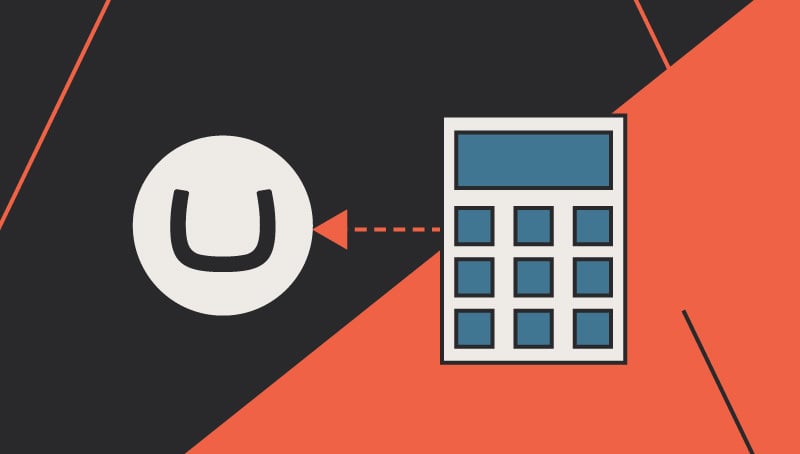3 Reasons to Include SEO in Your Site Redesign
Chris Osterhout SVP of Strategy#CMS, #SEO, #Design Advice

Don't treat SEO as an afterthought when you're redesigning your site. Here's why it should be a consideration throughout the entire redesign process.
Everyone knows that search engine optimization (SEO) is important, but many companies still treat it as something of an afterthought when redesigning their site, waiting until the tail end of the project to worry about it, as if the only thing they need to do is throw a few keywords on their pages in hopes that they are included in searches for those terms. That sort of approach may have worked in the past, but these days, as search engines get smarter, it is far from sufficient.
Search engines no longer take a robotic, text-only approach to determining relevant results. As Google and other search providers continue to develop their algorithms, they try to consider all facets of a website. Rather than just calculating whether certain keywords are present on a page, they attempt to look at the website from a user’s perspective and tailor their results toward how people would actually utilize the website to determine relevancy. This means you’ll want to include SEO as a concern throughout your entire site redesign, rather than thinking of it as something to add on at the end of the project. Let’s look at three ways you can consider SEO during your site redesign to ensure you are getting the best possible search rankings:
1. Content Strategy
Your content strategy should be a major part of your site redesign, and you’ll want to be sure SEO is included as part of that strategy. The best approach is to create quality, relevant content that people will want to read and share, but you don’t want to forget about the basic best practices for getting quality search results. This means you should try to build tools for SEO into your redesigned site, such as prompting content editors to make sure titles are the ideal length and meta descriptions are included for each piece of content. A site redesign is a great opportunity to make SEO part of your content strategy from the ground up rather than having to rework all the content post launch.
2. User Experience
While you obviously want to attract visitors to your site, just getting found is not enough. You want to convert those visitors into customers, so you’ll need to consider your site’s user experience (UX) and information architecture (IA) to make sure people are able to navigate to the information they need and/or purchase the products and services you provide. Search algorithms take UX and IA into consideration, so if users have a tendency to get lost trying to navigate throughout your site, this will not only affect your conversions, but it will also lower your search rankings, making it harder for people to find your site in the first place. Making sure your site’s UX and IA are understandable and intuitive is essential to receive the best ROI for your SEO efforts.
3. The Technical Component
In addition to the high-level content and UX strategies that go into a site redesign, you’ll also want to consider the low-level technical details to make sure you don’t accidentally cause problems that might affect SEO. One thing to consider is URL redirects. URLs will change during a redesign, so you’ll need to track what changes are made and set up the correct redirects from the old URLs to the new ones. Correctly redirecting URLs will ensure that your existing content does not slip in search rankings when the new website is launched.
In addition, you’ll need to maximize your site’s performance, since load times are now a critical aspect that search engines consider as part of site rankings. A redesign may look great, but if the webpages take a long time to load, this will produce a non-optimal user experience, and your search rankings may go down.
Maximize Your ROI
A site redesign is a major investment of money, time, and effort, comprising many components, each of which is critical to a site’s success. We want to help you consider all aspects and make sure everything is done right the first time, since fixing it later will make the redesign twice as expensive. By making SEO a fundamental part of the site redesign, you’ll be able to bring the best ROI and provide the best experience for your users. Do you have any further questions about how to incorporate SEO into your site redesign? Let us know in the comments below.
Related Posts

Umbraco 7 Upgrade Costs and Considerations
Topics to consider when budgeting for an Umbraco 7 upgrade, including business needs, website redesign, integrations, and e-commerce needs.

Cloud CMS Migration: Costs, Benefits & Insights
Migrating to a cloud CMS platform represents a strategic (and necessary) investment in the future of digital content management. Here's what you need to know.
Results Matter.
We design creative digital solutions that grow your business, strengthen your brand and engage your audience. Our team blends creativity with insights, analytics and technology to deliver beauty, function, accessibility and most of all, ROI. Do you have a project you want to discuss?
Like what you read?
Subscribe to our blog "Diagram Views" for the latest trends in web design, inbound marketing and mobile strategy.
